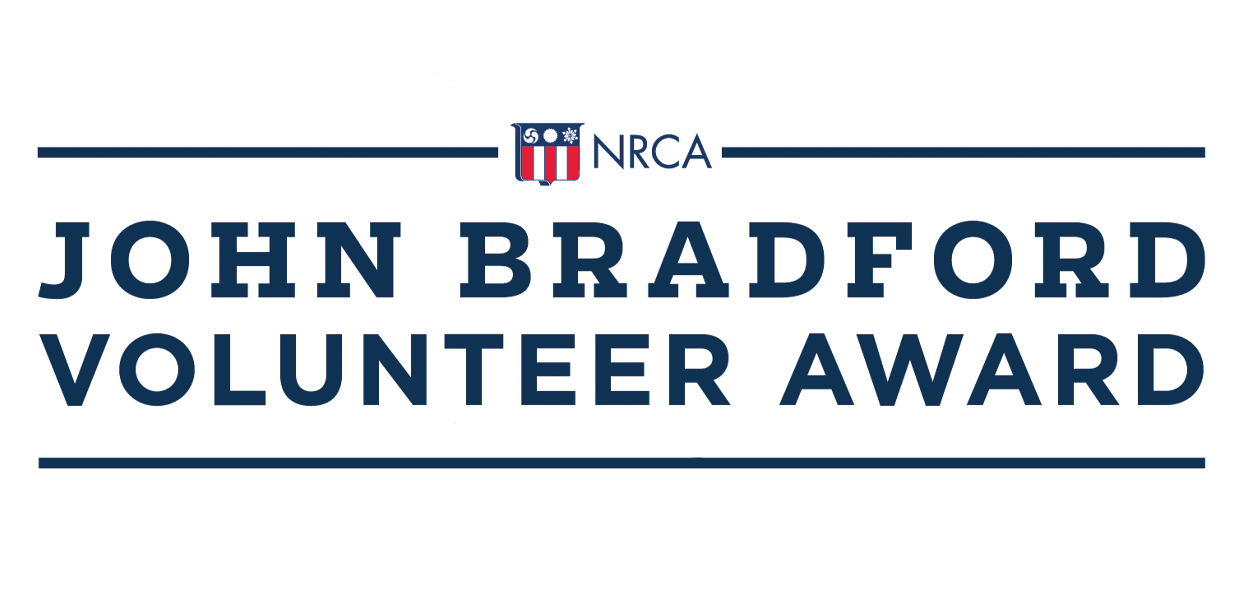As construction companies constantly seem to be adjusting to a new normal, efficient workflows have become even more vital, according to www.constructionexec.com.
Workflows are the coordination of tasks between people in an organization. They include the passing of data and information and the action required based on that data. Workflows typically follow a hierarchy of approvals and privileges based on job description, but ultimately, the goal is to optimize workflows to maximize a company’s profits.
There often are inefficiencies and redundancies in workflows, and companies have found ways to improve the quality of work. Workflow problems typically fall into one of three areas: communication, data management and visibility. A successful workflow communicates data efficiently; has data in a centralized, accessible location; and offers transparency regarding where employees are in the process.
Following are methods for correcting workflow issues.
- Collaborate—Many employees are good at what they do, but being able to collaborate with each other is key to improving processes. There are many tools available to help with collaboration.
- Automate—Administration of workflows can be a significant drain on company profit. Reducing data entry, approval pathing and general clerical work can make workflows more efficient and accurate. There are workflow automation tools in the construction industry to help reduce manpower.
- Standardize—As companies grow, they often become more compartmentalized and siloed. Different departments or positions use different software, and data is kept in different locations and in different forms. A standardized process leads to less redundancy and potential for error, and data should be kept in a common platform for easier access.
- Eliminate—Improving workflows requires eliminating things, such as redundancy, excess manpower, human error, inefficiency and silos.





